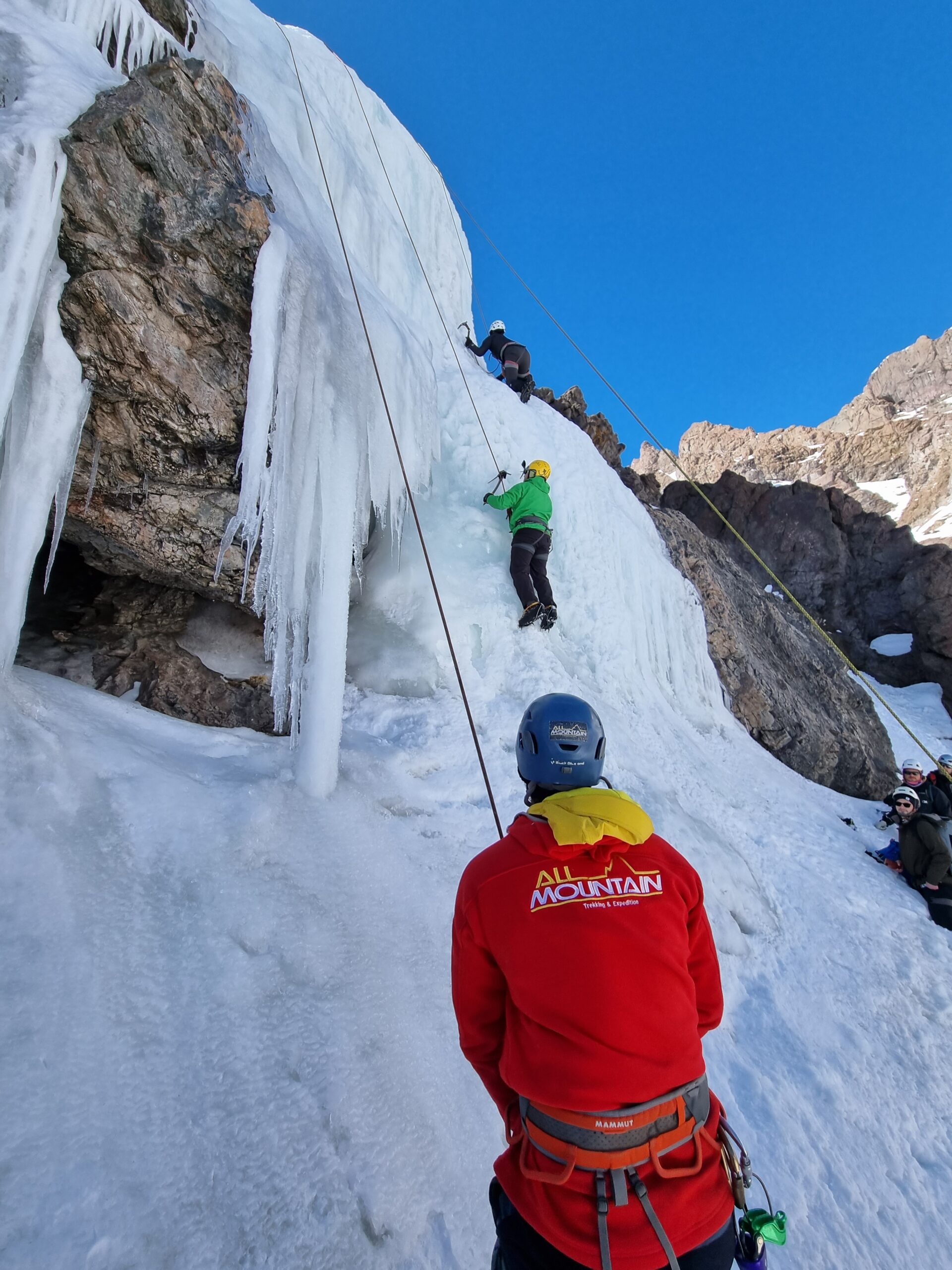Risk prevention and management plans/protocols for emergencies
In order to enjoy the mountain in the safest possible way, we have developed and trained ourselves to receive our clients with prevention measures and protocols and risk management/emergency protocols.
HIKING AND TREKKING ACTIVITIES: Click on the icon to see our prevention plans and risk management / emergency protocols for our hiking and trekking activities.
Click Here—〉
ROCK CLIMBING ACTIVITIES: Click on the icon to see our prevention and risk management plans / emergency protocols for our rock climbing activities.
Click Here —〉
HIGH MOUNTAIN ACTIVITIES:
Click on the icon to see our prevention and risk management plans / emergency protocols for our high mountain activities.
Pincha aquí —〉
Other downloadable documents
Committed to your safety!
We invite you to read the following documents/forms related to: Medical sheet, Technical sheet of our activities, Recommended clothing and technical equipment for guides and participants.
MEDICAL AND RISK ACCEPTANCE FORM:
- For the realization of each activity, it is mandatory that each client completes the medical and risk acceptance form, prior to the beginning of the activity. For this purpose, this form will be sent in advance, together with the booking confirmation voucher and other forms.
The medical form may be sent by e-mail or instant messenger, in Word, PDF or photographic format (taken in legible format).
The declaration made in the medical and risk acceptance form is understood to be absolutely concordant and faithful to reality. Allmountain cannot be held responsible for any medical conditions, allergies or other illnesses not reported in the medical form that may cause any unforeseeable situation during the activity.
Click Here —〉
HIKING AND TREKKING ACTIVITIES:
- See the technical data sheet of our hiking and trekking activities:
Click Here —〉
- Check the recommended clothing and equipment for participants and guides for hiking or trekking activities. Remember that the list may vary from one activity to another, depending on the conditions of the route, season, altitude and difficulty.
Click Here —〉
ROCK CLIMBING ACTIVITIES:
- See the technical sheet of our rock climbing activities:
Click Here —〉
- Check the recommended clothing and equipment for participants and guides for rock climbing activities. Remember that the list may vary from one activity to another, depending on the conditions of the route, season, altitude, difficulty.
Click Here —〉
HIGH MOUNTAIN ACTIVITIES:
- See the technical sheet of our high mountain activities:
Pincha aquí —〉
- Check the recommended clothing and equipment for participants and guides for high mountain activities. Remember that the list may vary from one activity to another, depending on the conditions of the route, season, altitude, difficulty.
Pincha aquí —〉
